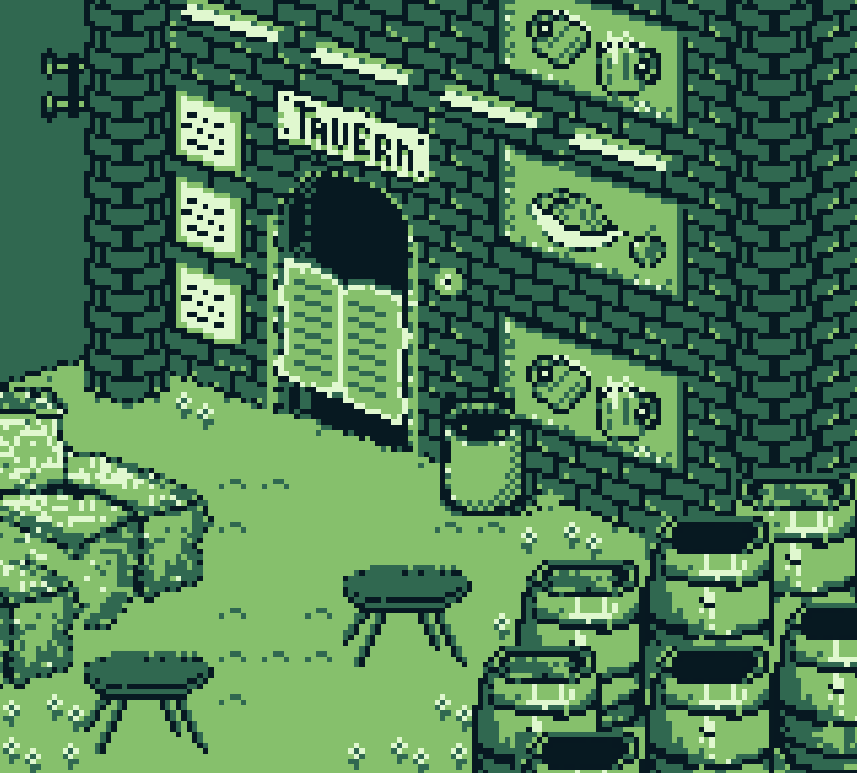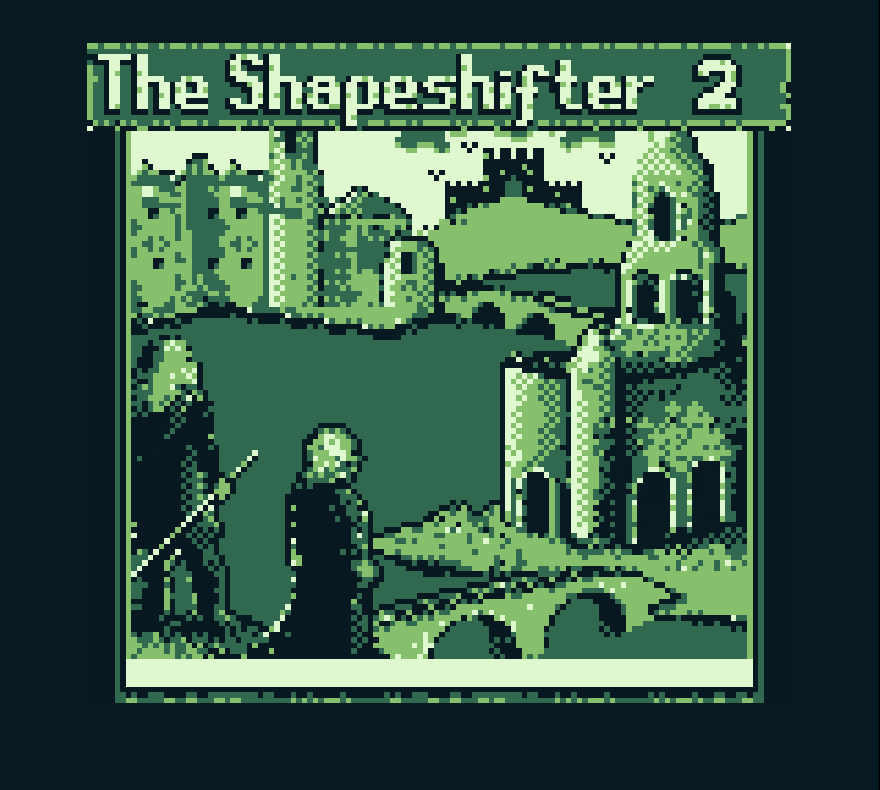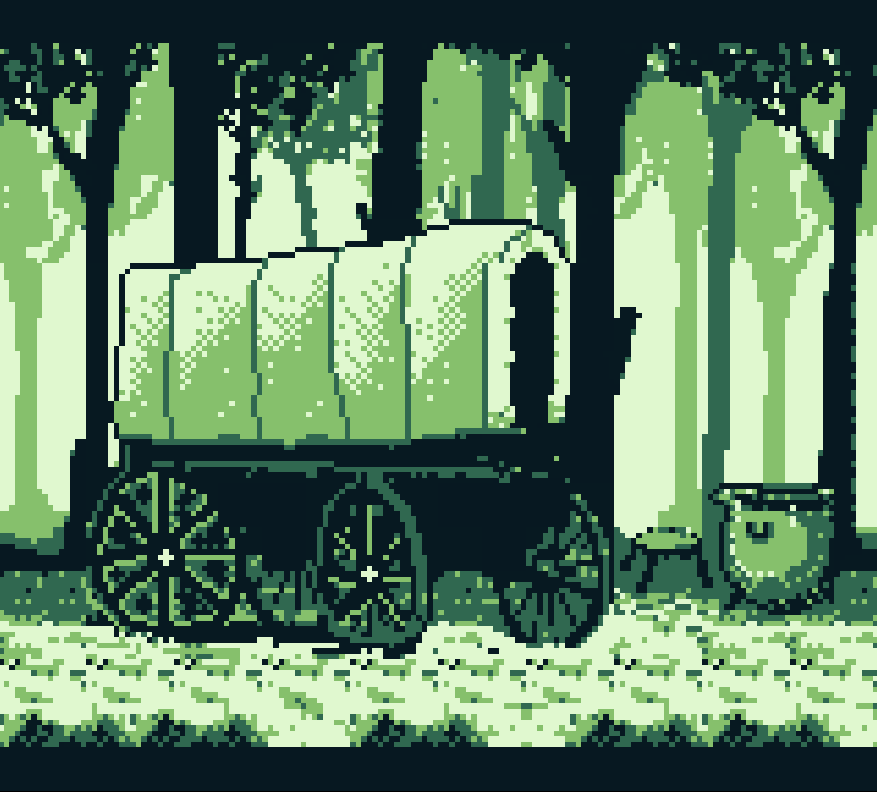Why are we still getting Game Boy games in 2022?

Nintendo's Game Boy handheld system is such an iconic element of pop and geek culture that it's become the default name for any handheld video game console, Nintendo-made or not. Since its debut in 1989, it completely shifted the general public's attitude towards handheld gaming. Though it wasn't the first handheld gaming console or even the first one to use cartridges, the Game Boy set itself apart from other consoles with its affordable price and battery life, lasting up to 40 hours.
While other handheld systems and their games, like the Neo Geo, remain a topic that only a small, niche group of fans continue to feel passionate about, the Game Boy seems to have a larger hold on Nintendo fans. From publishers like Limited Run Games re-publishing the original Game Boy Color version of Shantae, to newer indie developers creating entirely new Game Boy games from the ground up, it looks like the Game Boy is here to stay.
The hot new toy on the block
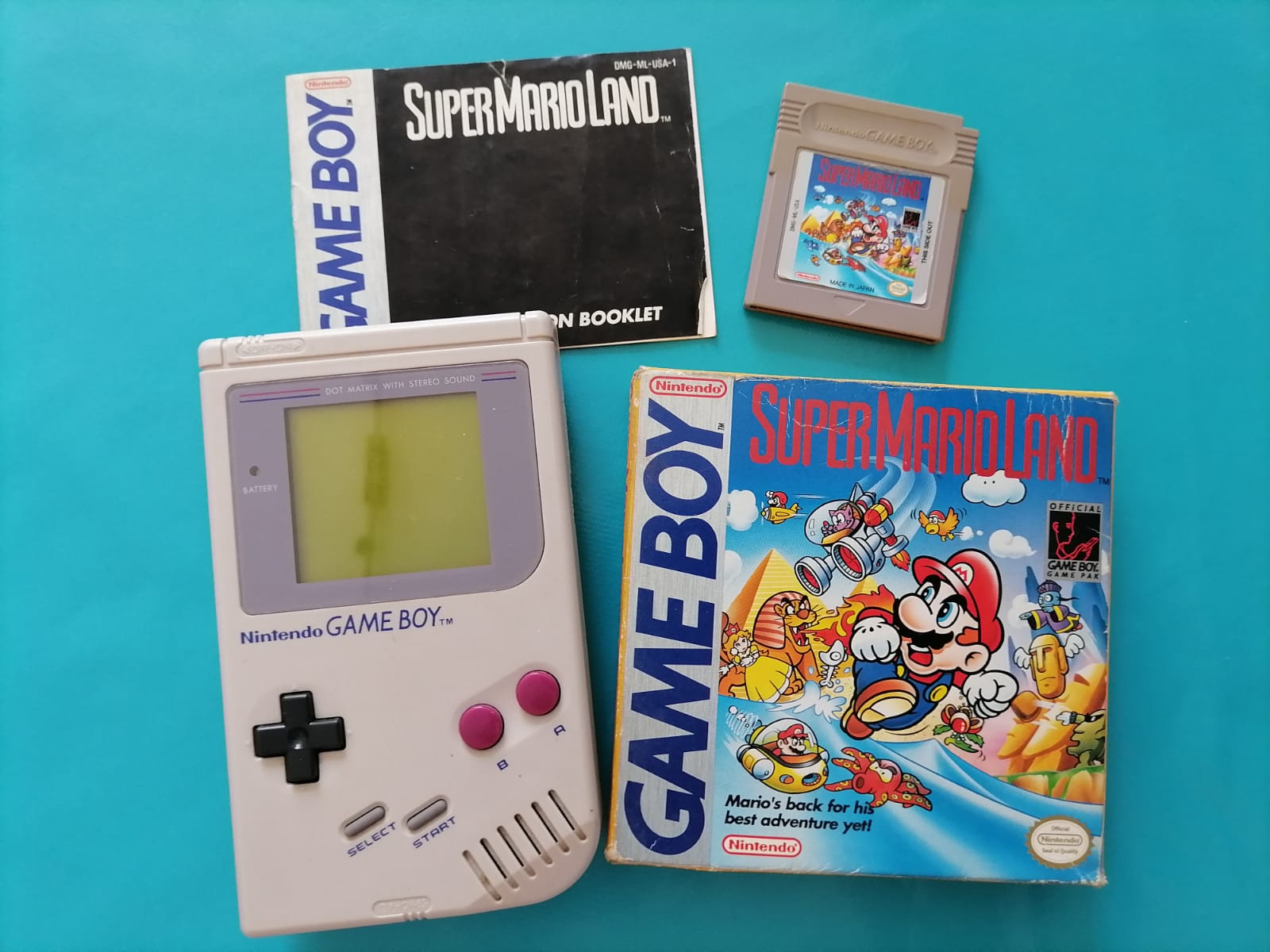
The Game Boy may have been the most ingenious thing Nintendo has ever come up with. It released the iconic gray brick alongside the addictive puzzle game Tetris, which was an instant recipe for success. It appealed to all ages, was more affordable than other handheld consoles that came before it, and was simple enough for anyone to pick up and enjoy no matter their gaming experience.
Nintendo's first foray into cartridge-based handheld gaming continues to remain in the collective consciousness, even being considered the favorite toy from the 1990s in countries like Nicaragua, Bulgaria, France, Algeria, Senegal, and Egpyt, according to research conducted by The Toy Zone. While it couldn't topple the giant that was Beanie Babies in the U.S., it's clear that the Game Boy was a staple piece from the 1990s that people won't forget.
Bringing dead pixels back to life
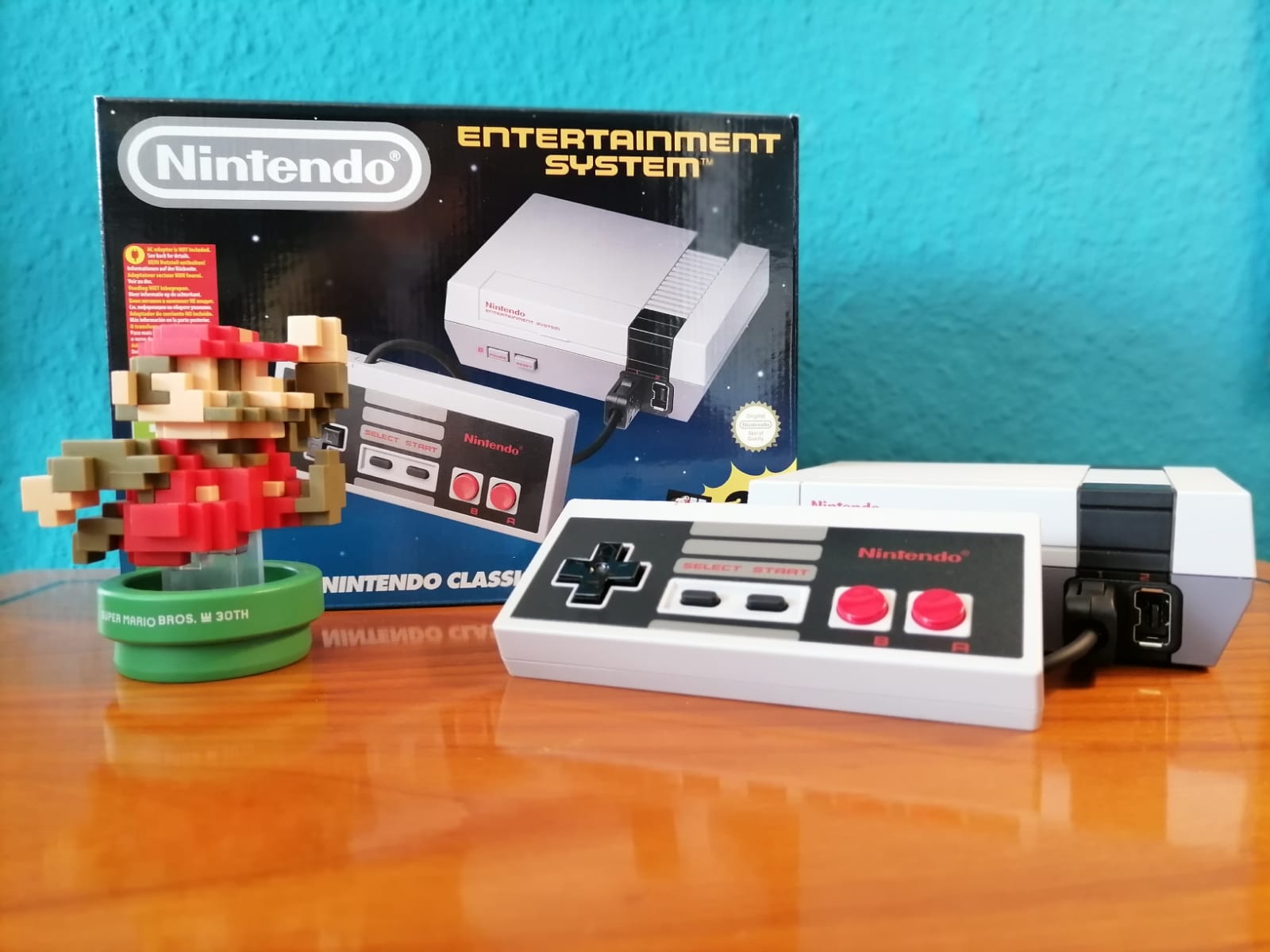
Gaming in general has grown exponetially more popular in recent years, and the pandemic played a huge role. A CNBC report examined the possible causes of this surge in a time where so many other industries were seeing sales declines. Analysts suggested that the increase in spending could be attributed to lockdowns, layoffs, and people spending more time at home in an attempt to feel safe, needing something to fill their time with.
The surge in video game popularity isn't just limited to newer consoles like the Nintendo Switch, however. Retro games are soaring in price, with reports of an increase of over 70% in GameCube game prices and 36% for Game Boy Color titles.
Retro video game store operators haven't seen this level of interest ever, chalking the sudden increase in interest up to more people losing the jobs and looking for a way to "flip" their current assets, as well as people working from home and having more time for hobbies. Hobbyists may feel nostalgic for their childhood days, and engage in the online shopping binges that many of us have fallen victim to since the beginning of the pandemic.
iMore offers spot-on advice and guidance from our team of experts, with decades of Apple device experience to lean on. Learn more with iMore!
It's clear that video games from all generations are on the rise, with their increasing popularity being bolstered by the pandemic. As more people try to find ways to interact with others while isolating, and others find comfort in familiar pixelated and polygonal characters, the popularity of both modern and retro games will continue to increase.
How did we get here?
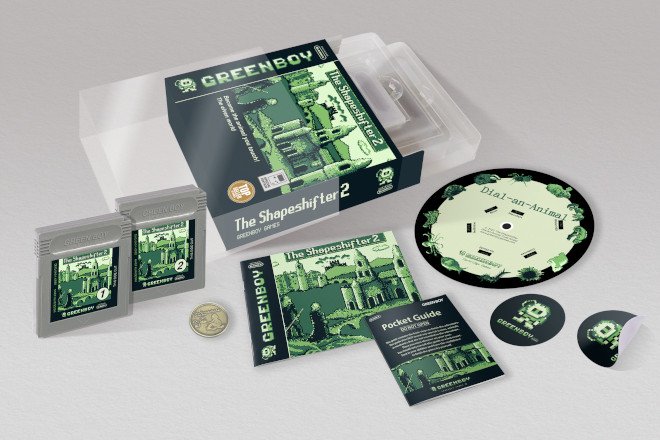
But why Game Boy games, of all games? With advanced technology and game development engines, why do some deverlopers choose to continue developing for the Game Boy? I spoke with Dana of Greenboy Games, otherwise known as @Greenboy_Games on Twitter. Dana is a solo developer based in Barcelona whose career in developing for the iconic gray handheld spans seven years. They've been making both physical and digital versions of their original Game Boy games, with their newest game, The Shapeshifter 2, currently making the rounds on Indiegogo.
"Initially my creations were aimed at PC and Android because of the current trend," they admit. "Although for some reason, I never felt satisfied with these platforms." Their "professional" career, however, didn't truly start until 2015, when they were finally able to start making a living from it.
When asked what spurred their decision to develop for the retro console, Dana responded with, "Just love and passion. Love for the console and passion for creating video games. In 2015, there was no other reason to develop games for those retro systems." They were enamored with the Game Boy as a system from the age of nine, stating, "I still remember the sacrifices to save up and buy the console." The limitations of the console were also attractive to this developer, encouraging creative solutions when things began to get too big.
The pandemic seemed to contribute to Dana's career in a positive way. "In the decade of 2010 to 2020, very few people were interested in buying games for older systems, and I also remember that there were very few developers for classic systems that were still making games out of passion, so it was very difficult to make a living from it. The trend changed in 2020, when we noticed a significant increase in the interest in this type of game," they recall, "I remember in the 2010-2020 decade, you could hardly sell 50 titles a year. Now we have already confirmed 3,000 titles (always physical, with its box, manual, extras, pocket guide, code wheel, etc.), and there is still a lot of 2022 left."
This trend may even be here to stay, at least for a little while, according to Dana. More easy-to-use development tools for retro consoles like the Game Boy mean that prospective developers have an easier time executing their passions. Retro collecting is on the rise, and consumers are more likely to purchase newer games for old systems, especially with the Internet making things more accessible.
Game Boy development comes with its own unique challenges, especially since parts are no longer being produced from official Nintendo manufacturers. "In 2015, finding the materials to make the physical launches was quite a challenge. With the current growing trend, specialized companies have come out to serve the creator so that they can make their own physical releases, just as there are more factories creating vinyl records and cassettes tapes," Dana explains. Thankfully, additional companies and publishers have extended a helping hand in the sourcing and provision of the materials needed to publish Game Boy games physically, acting as a beacon in the dark.
Where do we go from here?
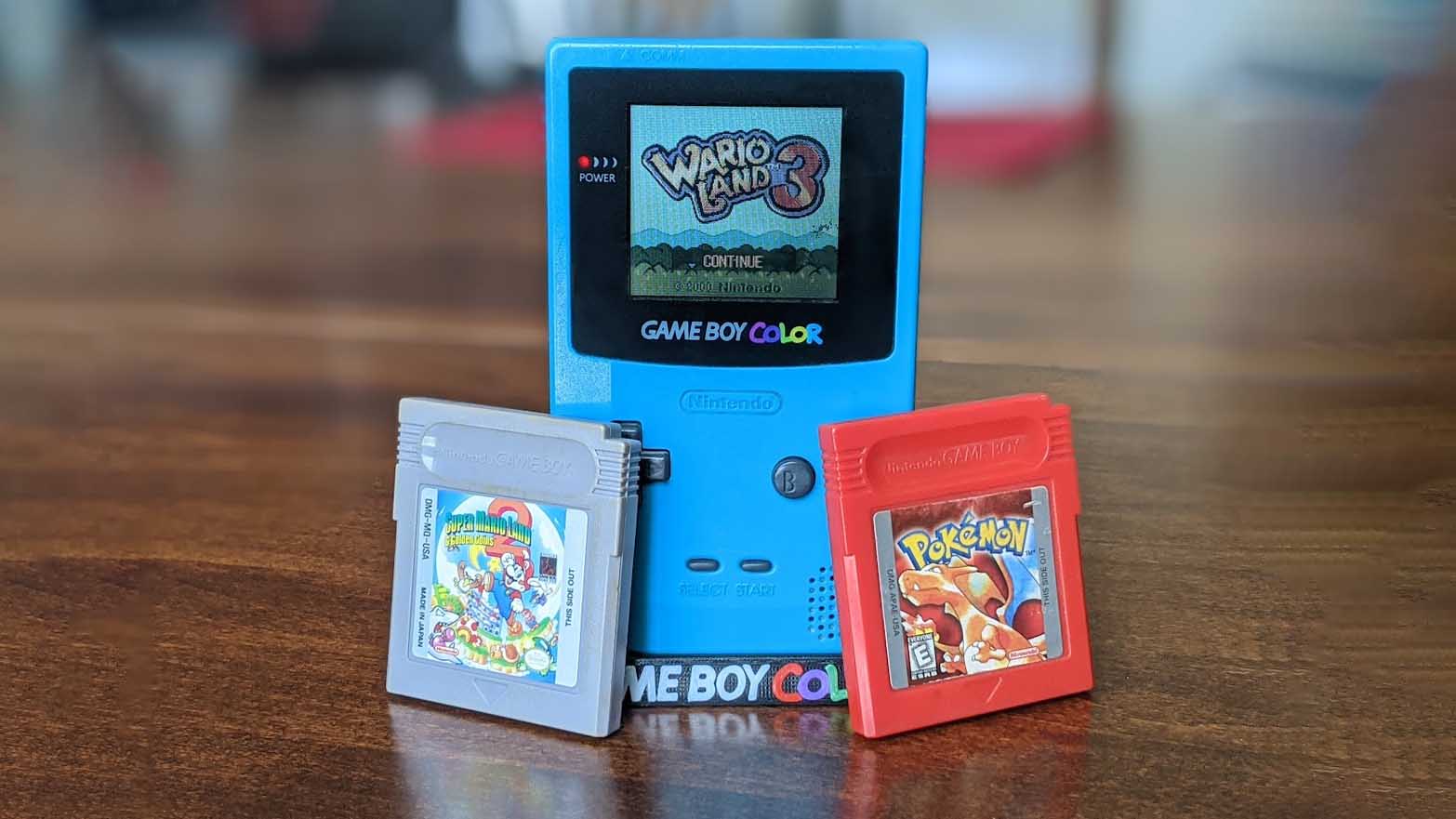
Video games — and by extension, retro games like those released during the Game Boy era — are more popular than ever before. The mere success of projects like the Analog Pocket are a clear indicator that people are willing to play their older games on newer hardware. And if they're willing to play older games developed in the gaming industry's infancy, who's to say that they wouldn't want to play new games that take full advantage of modern game development knowledge and the Game Boy hardware itself?
With publishers like Limited Run Games lending assistance in the production of physical titles, and new companies specializing in the production of components necessary to make physical titles a reality, it's safe to say that Game Boy production, and the production of retro games in general, will get easier with time.
On the software side, development of the games themselves has also gotten more accessible. In 2004, Dana came across the GBDK, a development kit for the Game Boy and other systems based on the sm83 and z80 architecture, such as the Analog Pocket. While the GBDK wasn't as robust as it is today, the fact that it's continued to be updated means that more people have an opportunity to try their hand at Game Boy development.
Coding and game development are becoming more mainstream in general, with numerous workshops being created for both children and adults to build their skills in tech. It's a future that sees more people being open to game creation, becoming more inclusive as tools and materials become more streamlined and accessible.
I'm a big (Game) Boy now
It seems the Game Boy is here to stay, even after over 30 years. As the Nintendo Switch continues its life, some of us still wonder whether we'll be able to experience original Game Boy titles on the system. If Nintendo can bring these titles to the Nintendo 3DS, there's no doubt that it's possible for the Switch as well. After all, an entire generation missed out on the iconic system that people like Dana are so passionate about. Who knows, if Nintendo brings a dedicated Game Boy emulator to Nintendo Switch Online, maybe they could work with modern retro developers like Greenboy Games to bring fresh new content to the service.

Nadine is a freelance writer for iMore with a specialty in all things Nintendo, often working on news, guides, reviews, and editorials. She's been a huge Nintendo fan ever since she got to pet her very own Nintendog, and enjoys looking at Nintendo's place in the video game industry. Writing is her passion, but she mostly does it so that she can pay off her ever-growing debt to Tom Nook. Her favorite genres are simulation games, rhythm games, visual novels, and platformers. You can find her at @stopthenadness on Twitter, where she'll more than likely be reposting cute Animal Crossing content.
